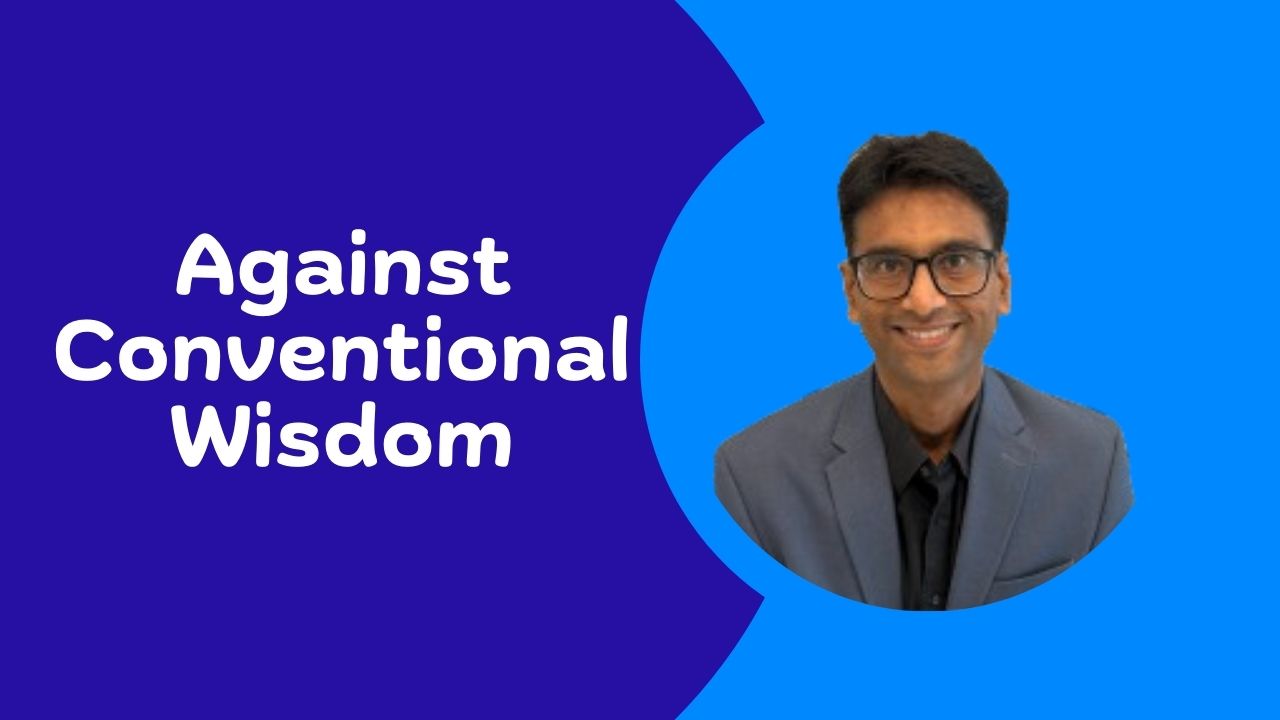
Premise:
We are leading in a world that is constantly changing and at a pace which is sometimes mind-boggling.
New generations coming into the workforce with a different set of expectations from all the other generations that are in our workforce. New technologies, including AI are maturing and coming at us at much faster pace than they have ever.
With this democratisation of technology, new competitors are cropping up all around us at much faster pace. All of this leads to the inevitable conclusion, that, as leaders, we need to be able to not only understand all of these changes as they happen, but also to respond to them in a meaningful way, such that it advances our agenda.
This means that we need to learn how to make sense at much faster pace and respond to the emerging context in an emergent way. No more 5 year plans. No more standard global template implemented everywhere.
What all of this means for all of us leaders is as follows – we need to become leaders who can lead with emergence or display emergent leadership. The question then is how can we learn to be one.
Here is my thinking on this:
1. Intention:
As with everything else, we need to become intentional about being able to practice emergent leadership. We need to be clear about our goals and the commander’s intent on what our team is supposed to achieve.
It is not enough for us to know this but also clearly articulate the same to our teams so that they know this. Knowing this allows them to respond to any emerging situation meaningfully and at pace.
2. Awareness:
We need to be aware of the emergent nature of the context within which we are operating.
This includes the context within our teams, of the environment in which we operate and the understanding of the evolving technology landscape and how it impacts us as leaders, our teams and all the other stakeholders that we interact with.
3. Sense Making:
Being aware of the changing context allows us the ability to make sense of the context. There are many sensemaking frameworks that allow us to make sense of these changes and also recommend the best course of action to respond to these changes.
It is up to us to choose one such framework and apply that to make sense of the emerging contexts and based on our intent decide how to respond to these changes. Again, it is not just our role as a leader but is a task for all of our colleagues.
It is in this context that having a diverse team helps us look at these changes from different perspectives and therefore generate multiple options to choose how we respond to these changes.
4. Actions as Experiments:
Once we have made sense and decided how to respond, we would be better off by thinking of our response in terms of small experiments to run. This allows us the ability to keep our options open and test the validity of our sense making process.
Once our experiments succeed in moving us towards achieving our commander’s intent, we double down on that response and scale it to create a significant impact. This allows us to mitigate the risk and at the same time maximise the potential upside.
5. Unintended Consequences:
As we operate within nested systems, every action we take will lead to consequences within the system, some known or intended and some unintended.
As leaders, it is our responsibility to actively look for these unintended consequences and decide whether they are helping us move towards our goals or away from them; whether they create new opportunities or challenges.
6. Rinse and Repeat:
Once we have done all of this, we go back to being aware of the changes in our operating context and continue the process again. This becomes a never ending loop that we need to continue to execute in order to continue to stay relevant and for our response to be as emergent as the context within which we are operating.
In conclusion:
In conclusion, I would reiterate that the days of creating a multi-year strategy created centrally at the corporate level and getting the rest of the organization execute it are a thing of the past.
Global templates being rolled out to improve productivity and standardisation is also a thing of the past. If we really want to practice emergent leadership, we need to move sense making and decision making to our frontlines.
This requires a different kind of leadership and a very different kind of employee base. As leaders, we need to move away from command and control to support and serve our employees.
Employees need to move away from doing what is asked to doing what is expected. This requires them to be engaged and aware of our commander’s intent and a willingness to take ownership to achieving it.
This necessitates a change in the culture, in the internal processes, in how we measure performance, in how we compensate people, in how we train and engage people, in whom we hire, fire or retire and everything else.
This is not for the faint hearted leaders, but when done well, can become the difference between a thriving organisation and one that is struggling to survive or stay relevant.


